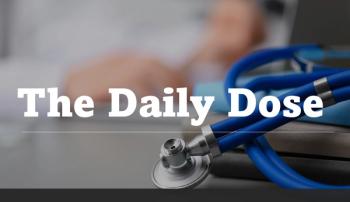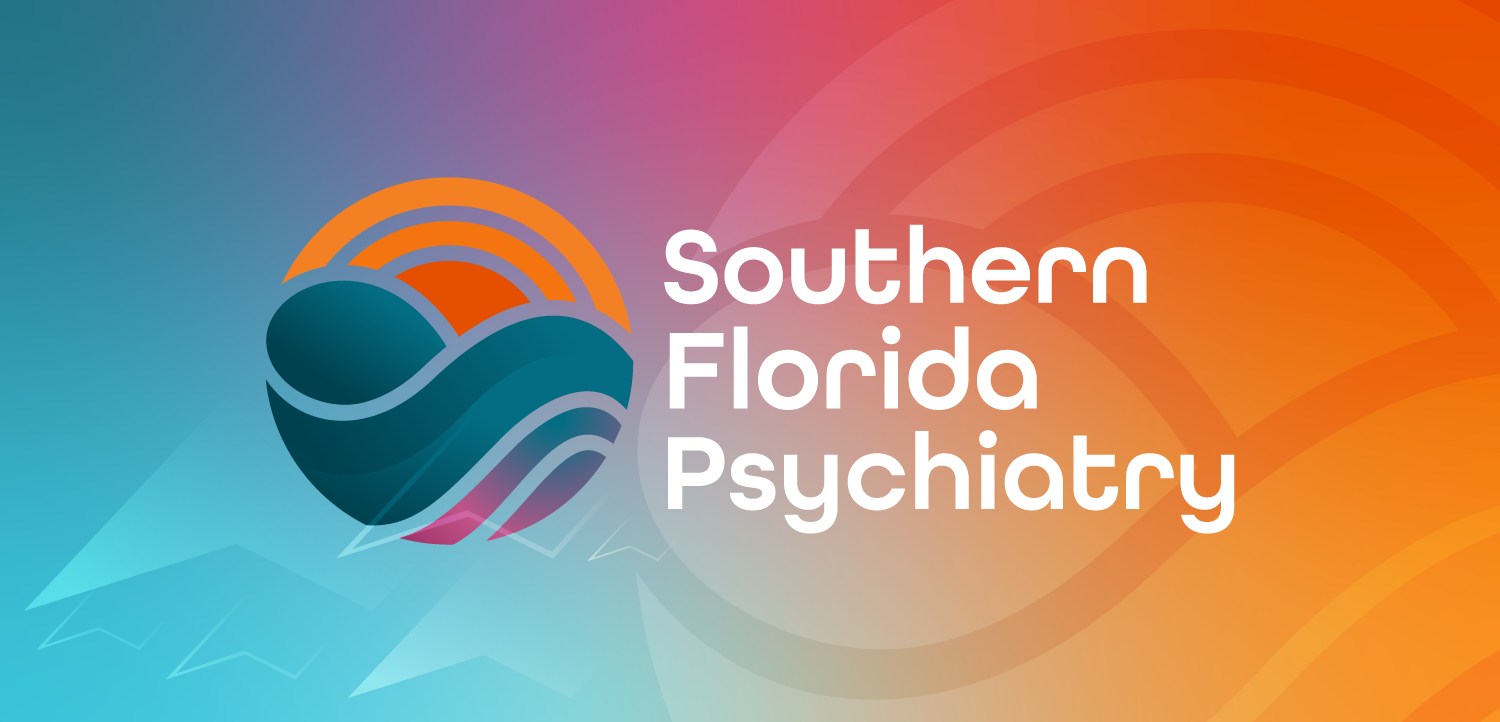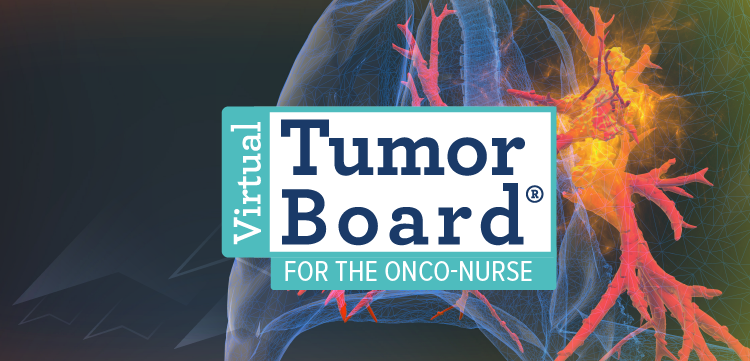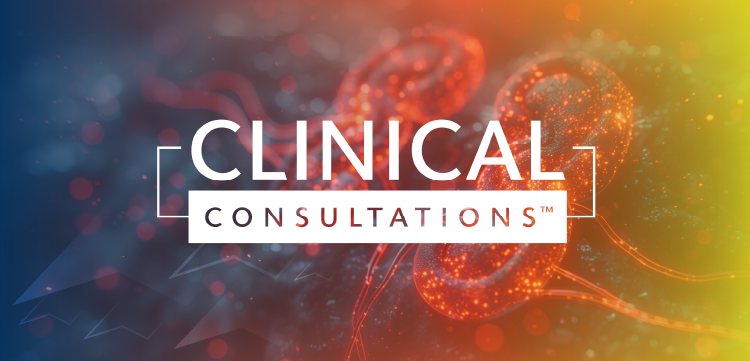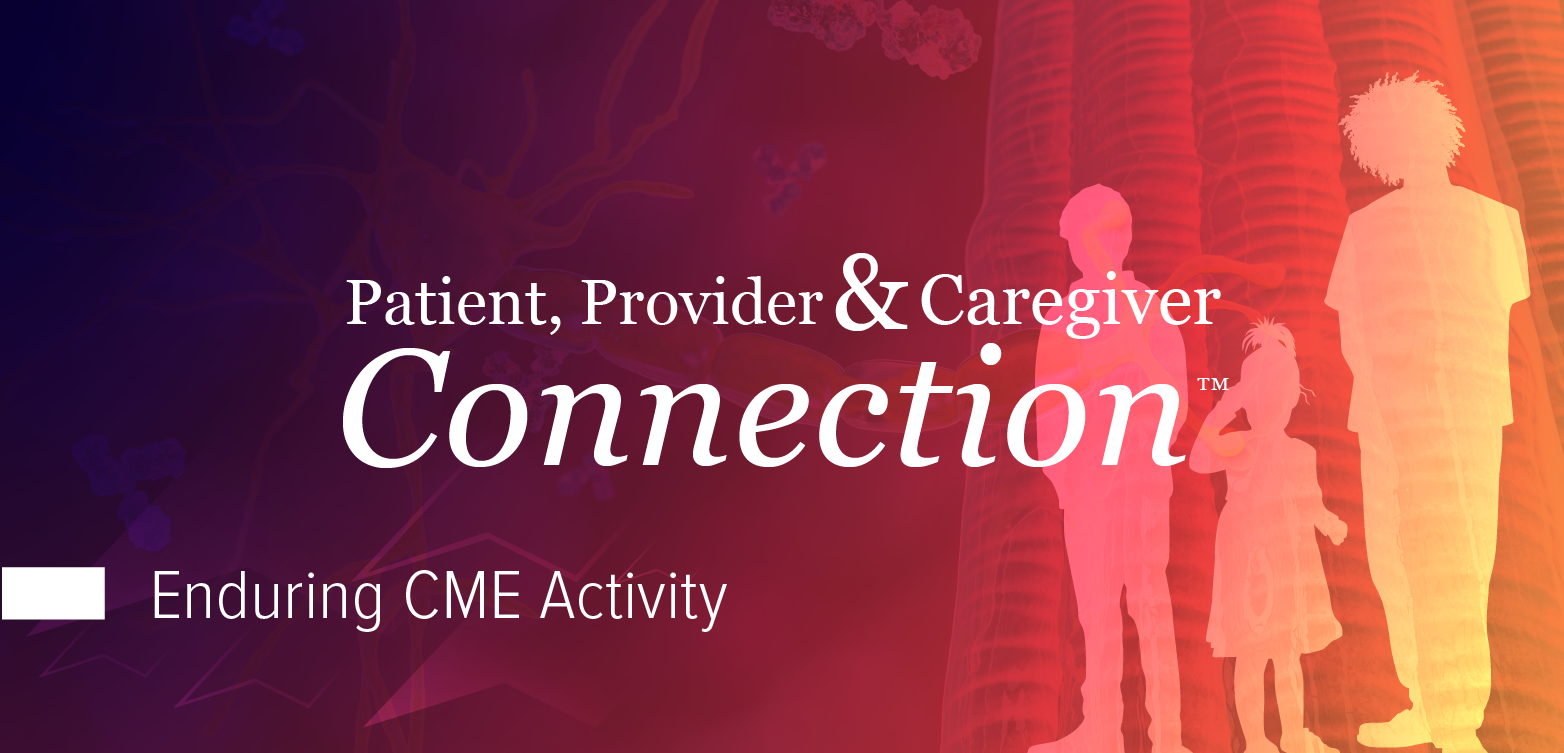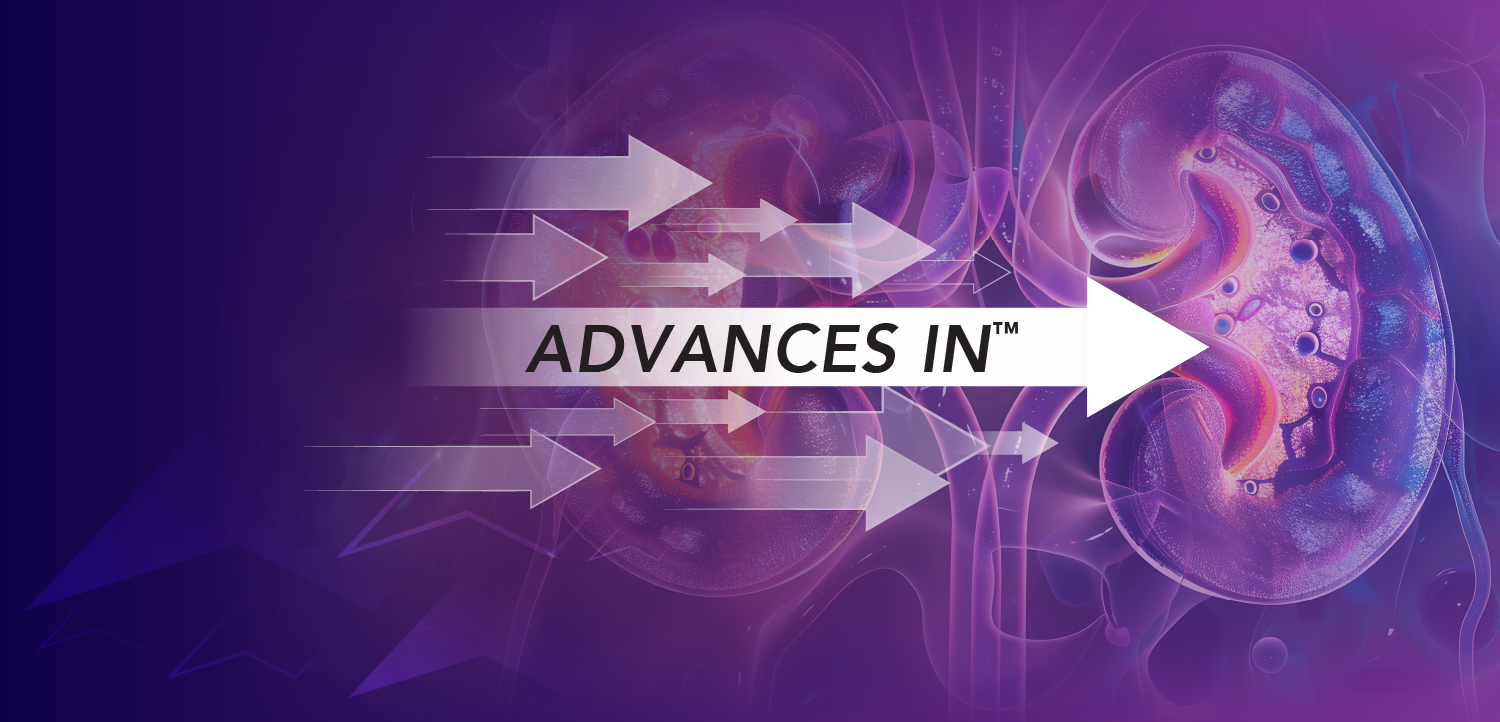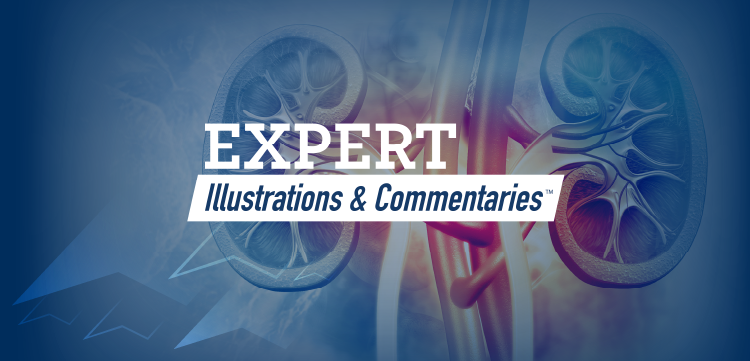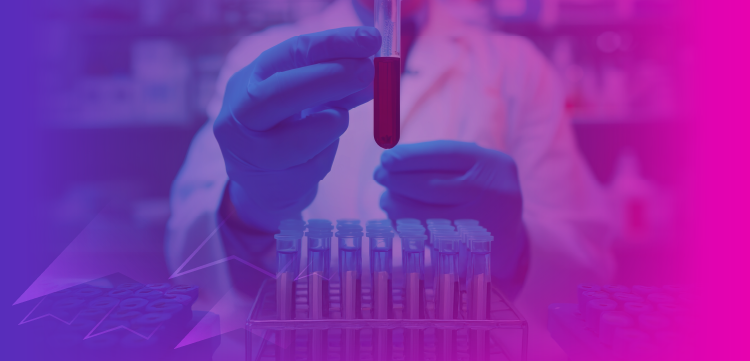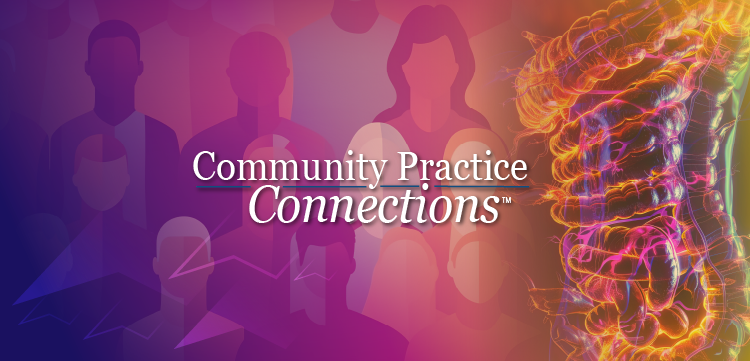
Orforglipron, an Investigational Oral GLP-1, Cuts HbA1c and Body Weight in People With T2D
ADA 2025: Orforglipron lowered HbA1C by an average of 1.3% to 1.6% across doses, with improvements seen as early as 4 weeks, in a phase 3 trial.
Orforglipron (Eli Lilly), a novel nonpeptide, small molecule oral glucagon-like peptide-1 (GLP-1) receptor agonist, reduced HbA1c at 40 weeks among people with
The findings were presented at the
“Orforglipron is a small-molecule, nonpeptide glucagon-like peptide-1 (GLP-1) receptor agonist in clinical development for type 2 diabetes and weight management. Additional data on the efficacy and safety of orforglipron are needed,” lead author Julio Rosenstock, MD, senior scientific advisor for Velocity Clinical Research, director of Velocity’s site at Medical City Dallas, and clinical professor of medicine at the University of Texas Southwestern Medical Center, Dallas, and colleagues wrote.1
Rosenstock and colleagues randomly assigned 559 individuals with T2D with inadequate glycemic control on diet and exercise alone to receive once-daily orforglipron at doses of 3 mg, 12 mg, or 36 mg, or placebo, over 40 weeks. At baseline, participants had a mean HbA1C of 8.0% and body weight of 90.2 kg. All 3 doses of orforglipron met the primary endpoint of HbA1C reduction, with decreases ranging from 1.3% to 1.6% depending on dose. In contrast, HbA1C decreased by only 0.1% in the placebo group, according to the results.1
In key secondary outcomes, participants on the highest dose of orforglipron experienced a mean weight loss of 7.3 kg, or 7.9%, compared with 1.3 kg or 1.6% in the placebo group. Weight reductions were evident across all doses. Glycemic control was also improved, with up to 76.2% of participants achieving HbA1C <7%, 66.0% reaching HbA1C ≤6.5%, and 25.8% achieving HbA1C <5.7%. Fasting serum glucose also declined substantially, with reductions of up to 37.8 mg/dL observed in the orforglipron arms versus 1.1 mg/dL with placebo.1
"The early onset of glycemic improvement, observed as soon as four weeks, reinforces the therapeutic potential of orforglipron as an effective, oral GLP-1 therapy for early type 2 diabetes treatment. These findings support further investigation in broader populations and longer-duration studies,” Rosenstock said in a press release.2
The safety profile of orforglipron was consistent with the GLP-1 class. The most commonly reported adverse events were gastrointestinal-related—diarrhea, nausea, dyspepsia, constipation, and vomiting—occurring more frequently in the orforglipron groups. These events were generally mild to moderate and occurred mainly during dose escalation. Discontinuation rates due to adverse events ranged from 4% to 8% in the orforglipron groups, compared with 1% in the placebo group. No hepatic safety signals were observed.1
Additional results from the ACHIEVE and ATTAIN programs, including comparisons with other diabetes therapies and evaluation in obesity, are expected later this year. Regulatory submissions for weight management are anticipated by the end of 2025, and for type 2 diabetes in 2026, Eli Lilly noted in the press release.2
Another Eli Lilly phase 3 trial, ATTAIN, is analyzing orforglipron for weight management. Results from ATTAIN-1 and ATTAIN-2 will also be presented later in 2025.2
"Lilly remains on track to submit orforglipron for weight management to global regulatory agencies by the end of this year and for the treatment of type 2 diabetes in 2026," according to the company's June 21, 2025, press release.2
References:
- Rosenstock J, Hsia S, Eyde S, et al. Orforglipron, an oral small-molecule GLP-1 receptor agonist, in early type 2 diabetes. New Engl J Med. Published online June 21, 2025. doi:10.1056/NEJMoa2505669
- Lilly's oral GLP-1, orforglipron, showed compelling efficacy and a safety profile consistent with injectable GLP-1 medicines, in complete Phase 3 results published in The New England Journal of Medicine. News release. Eli Lilly. June 21, 2025. Accessed June 23, 2025.
https://investor.lilly.com/news-releases/news-release-details/lillys-oral-glp-1-orforglipron-showed-compelling-efficacy-and
Newsletter
Enhance your clinical practice with the Patient Care newsletter, offering the latest evidence-based guidelines, diagnostic insights, and treatment strategies for primary care physicians.

